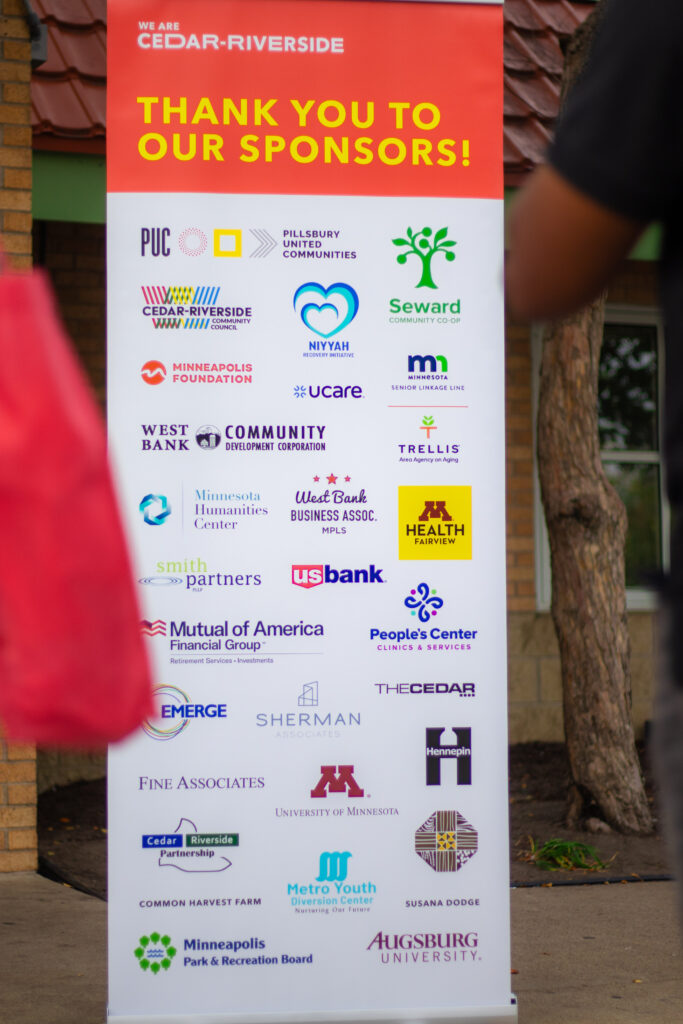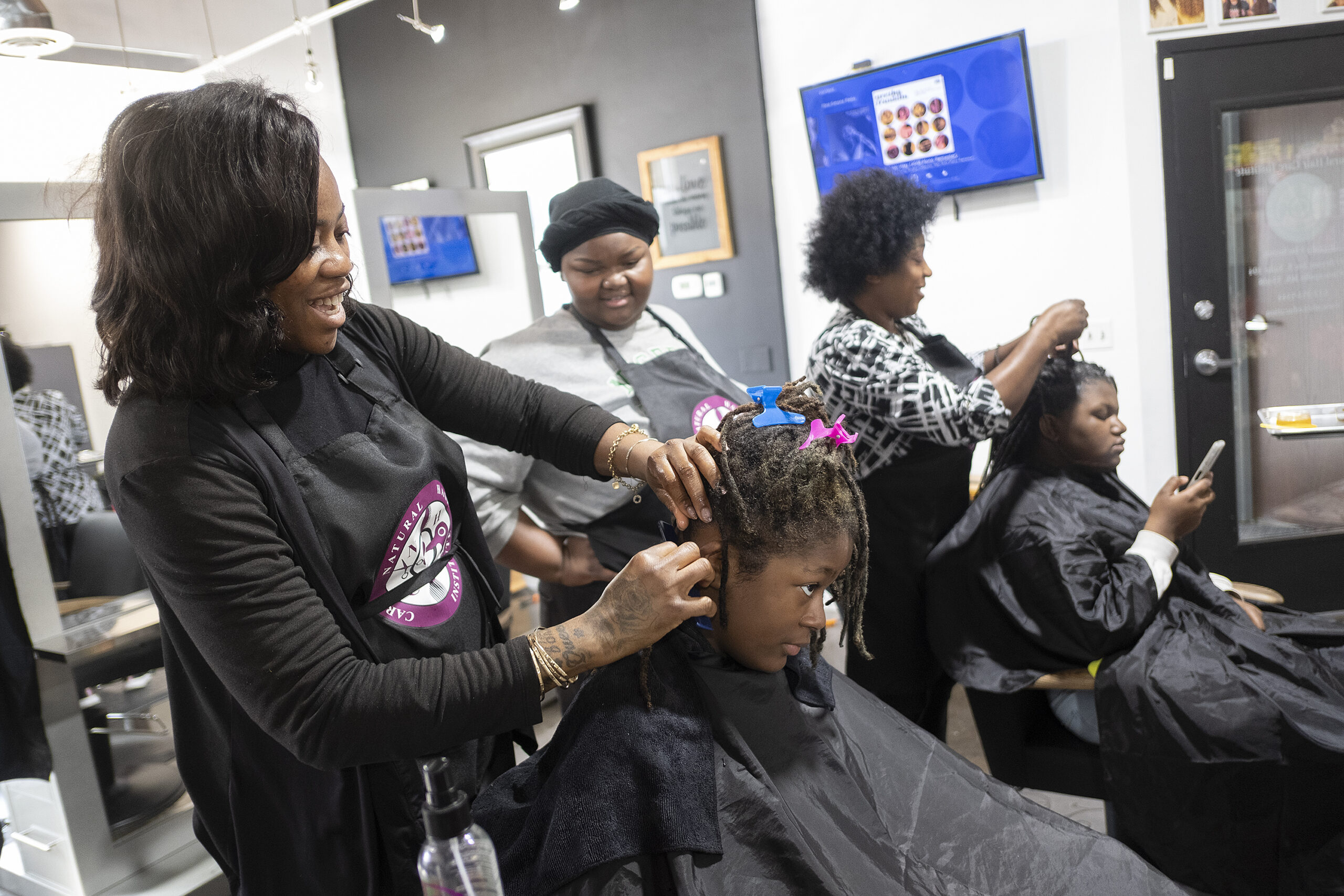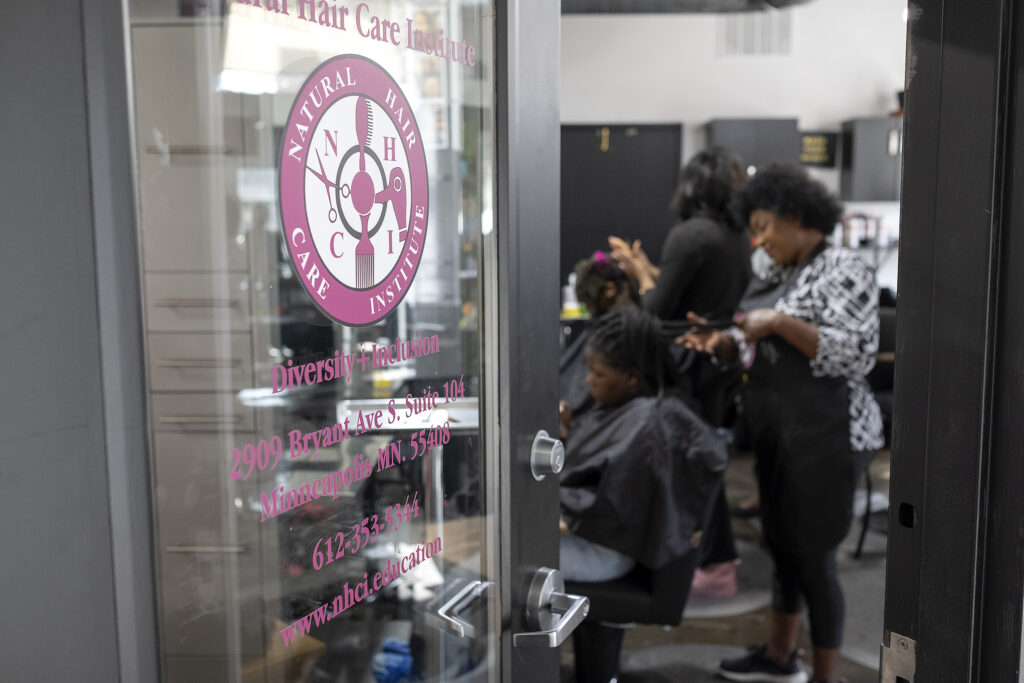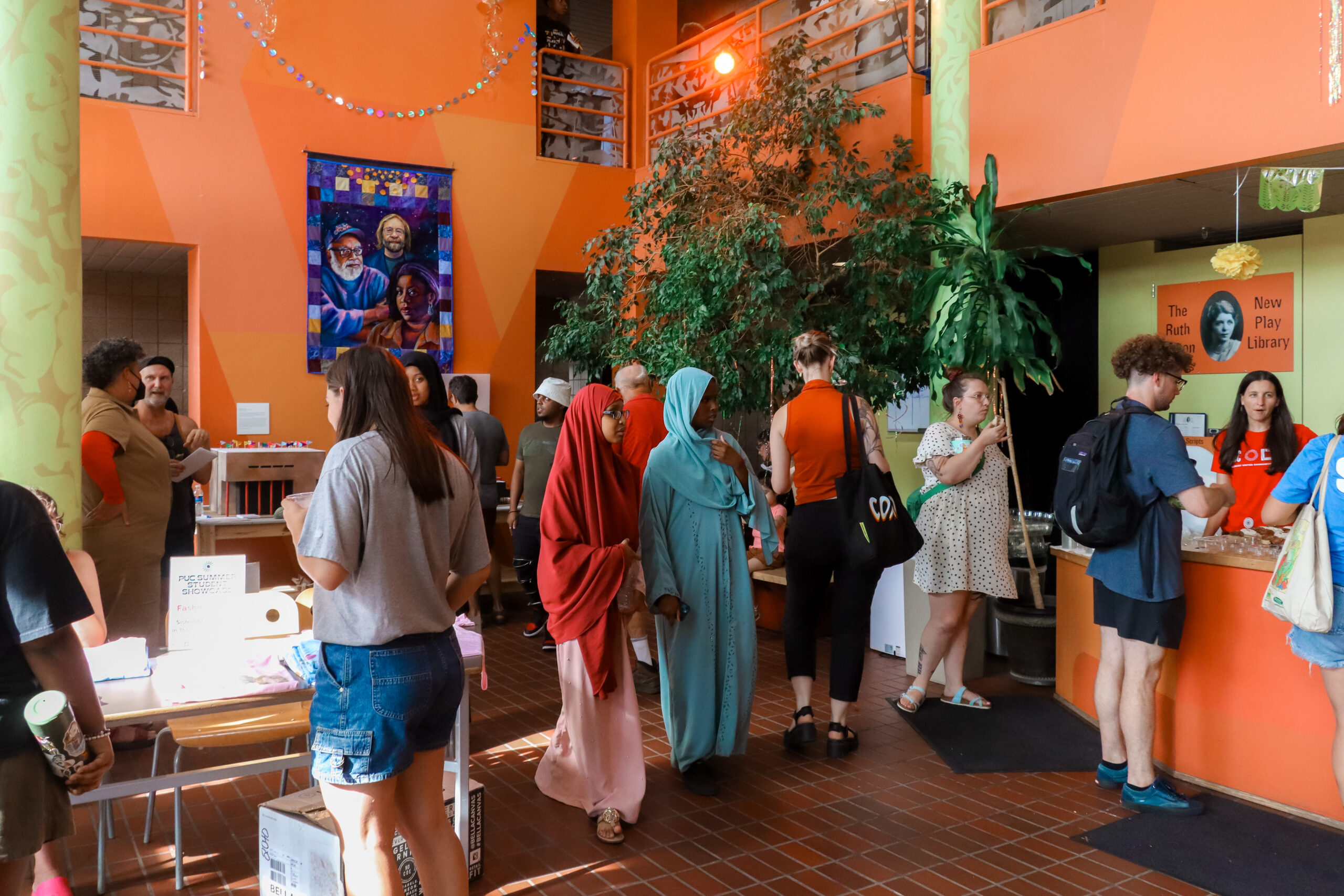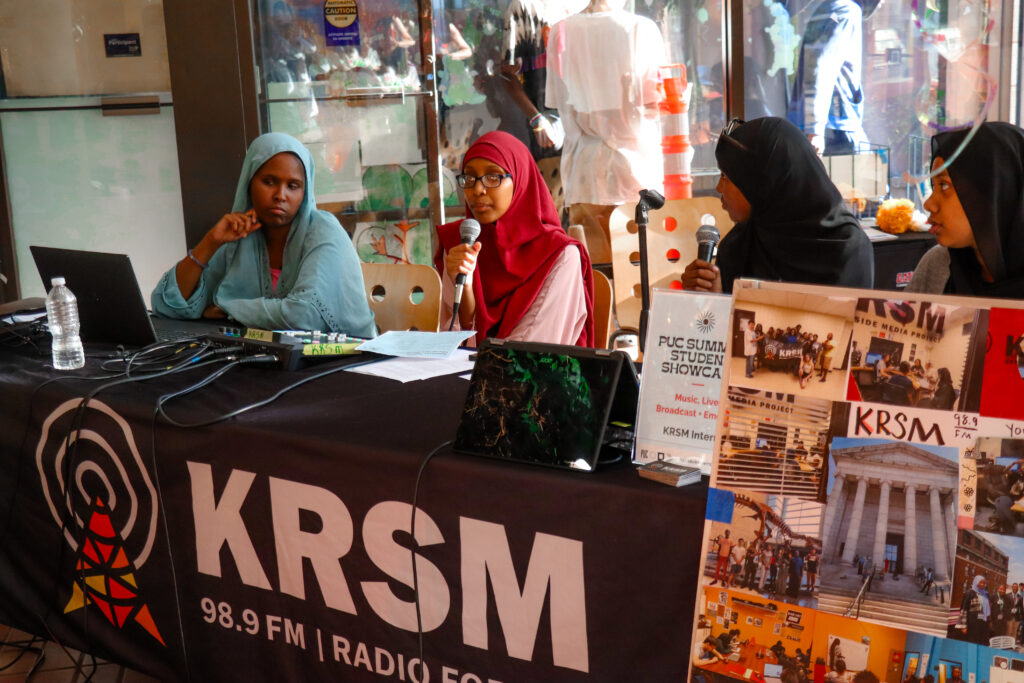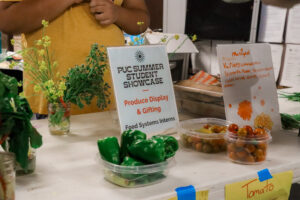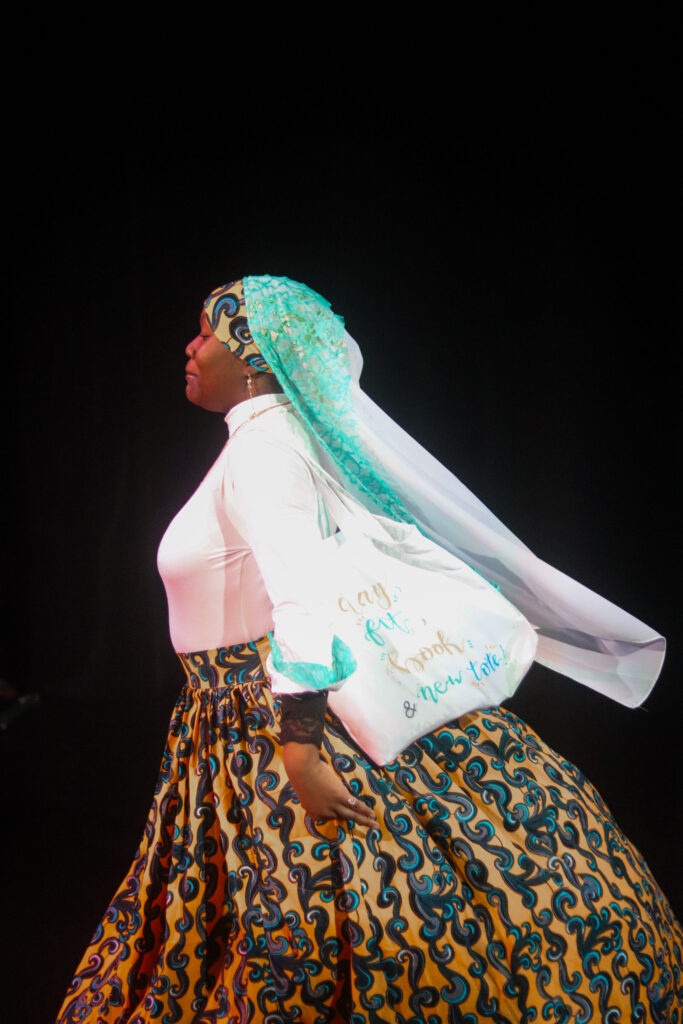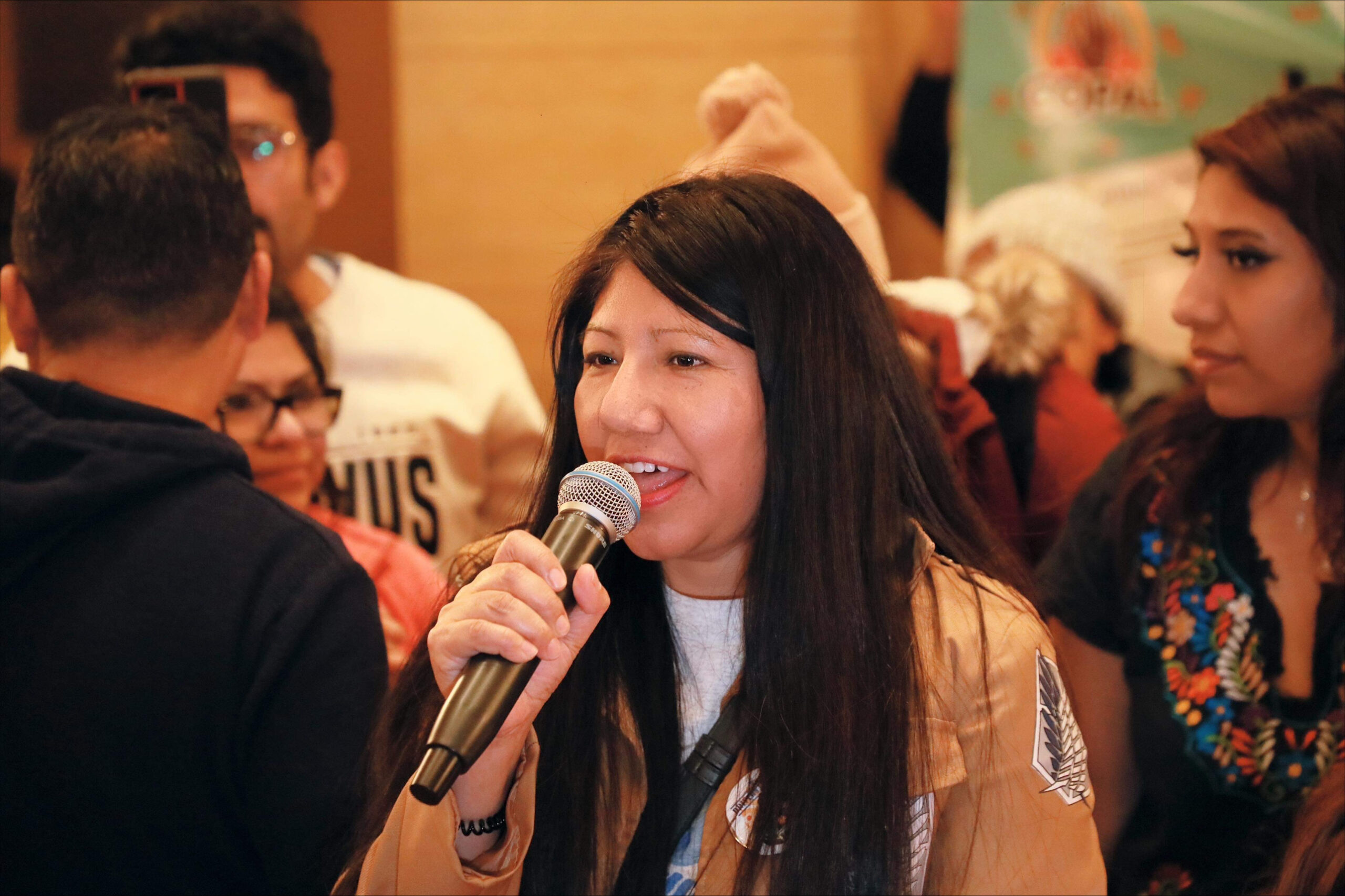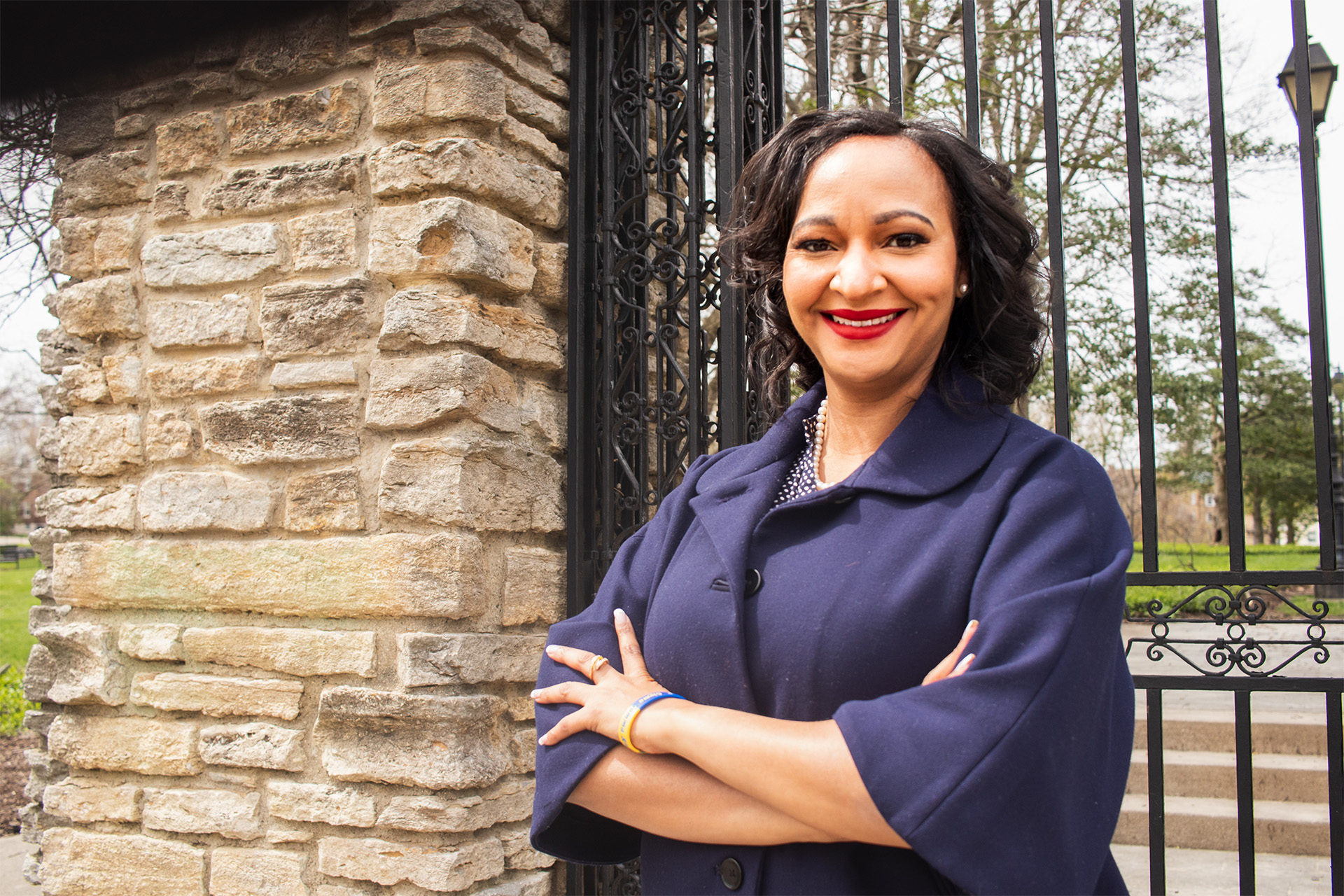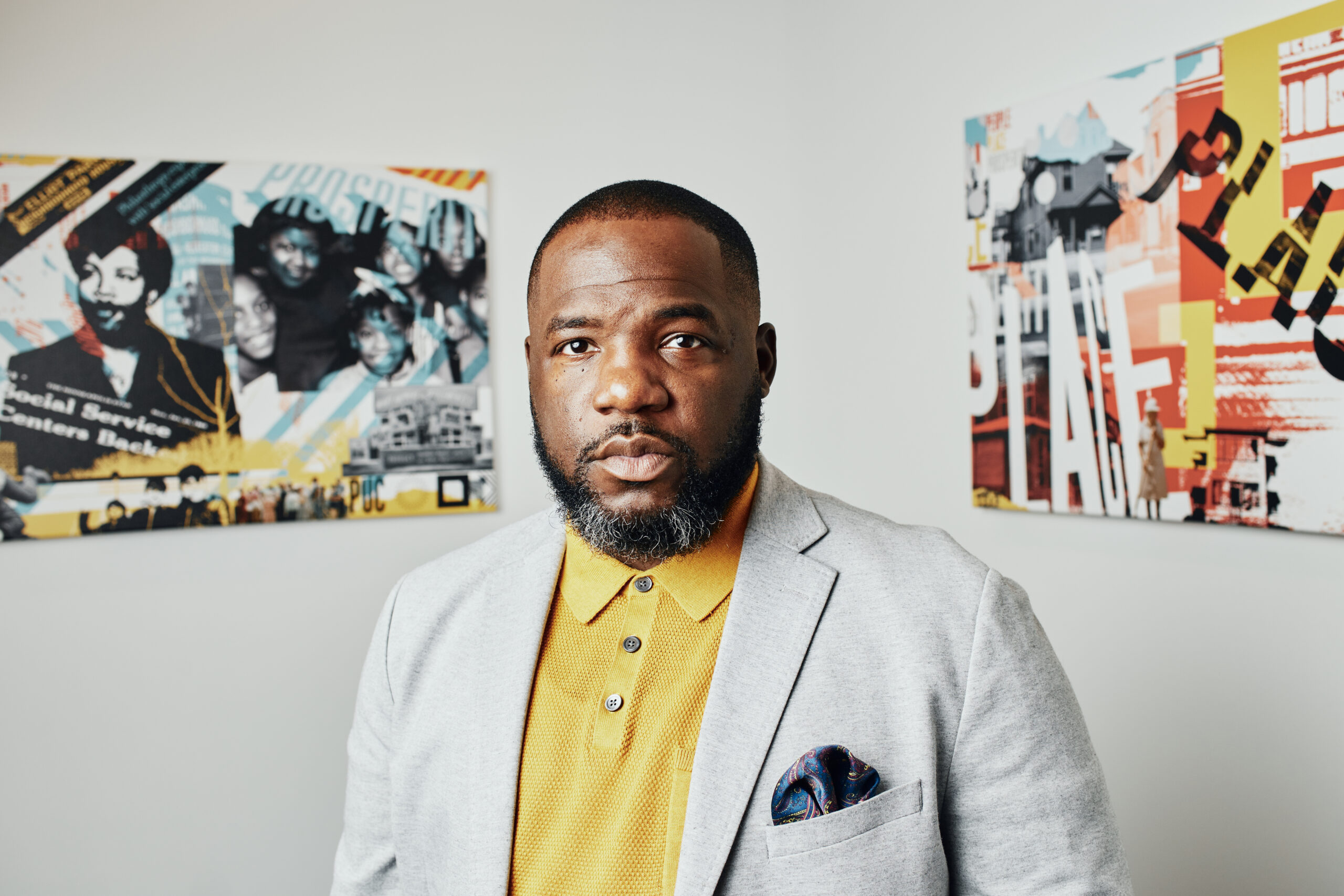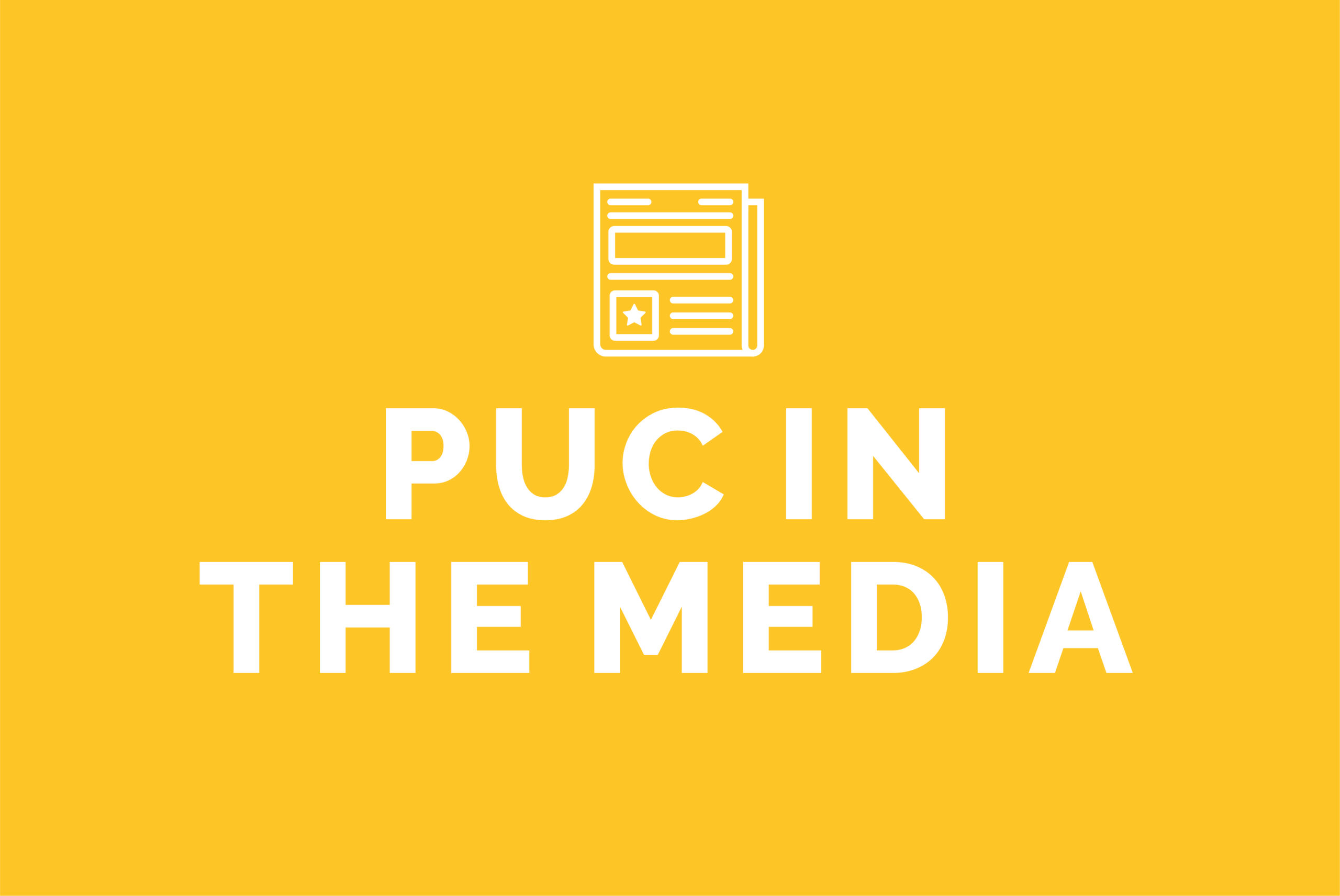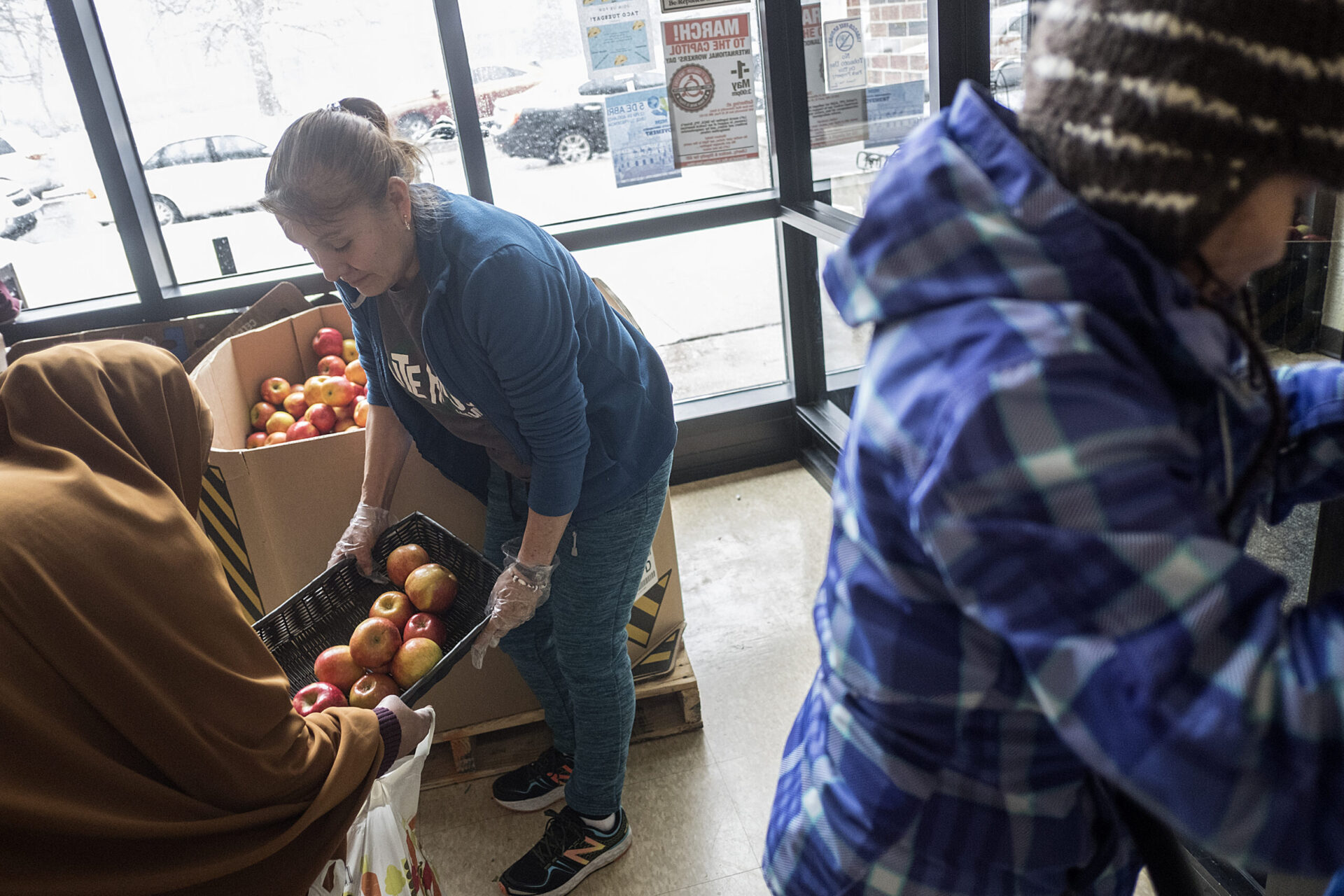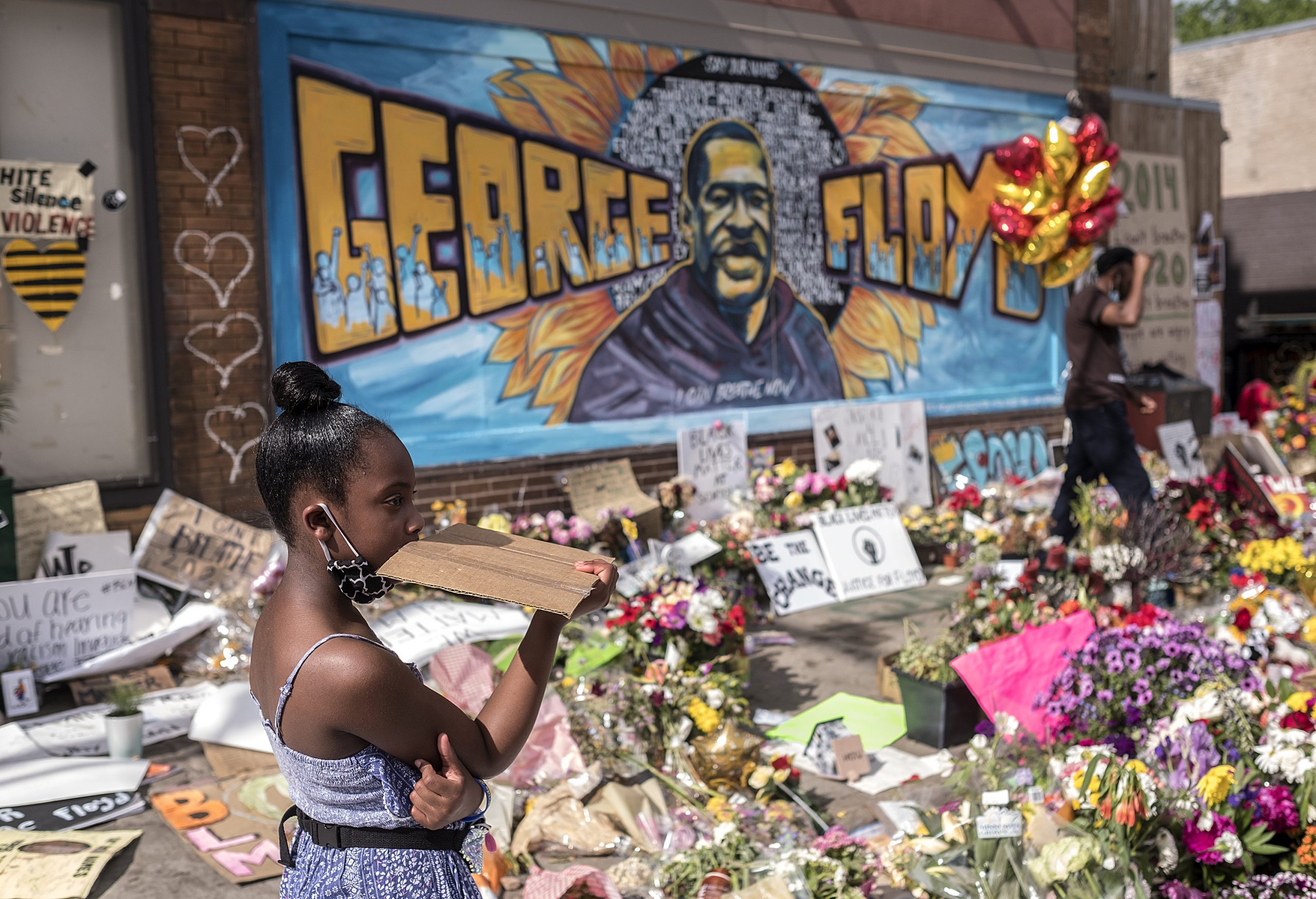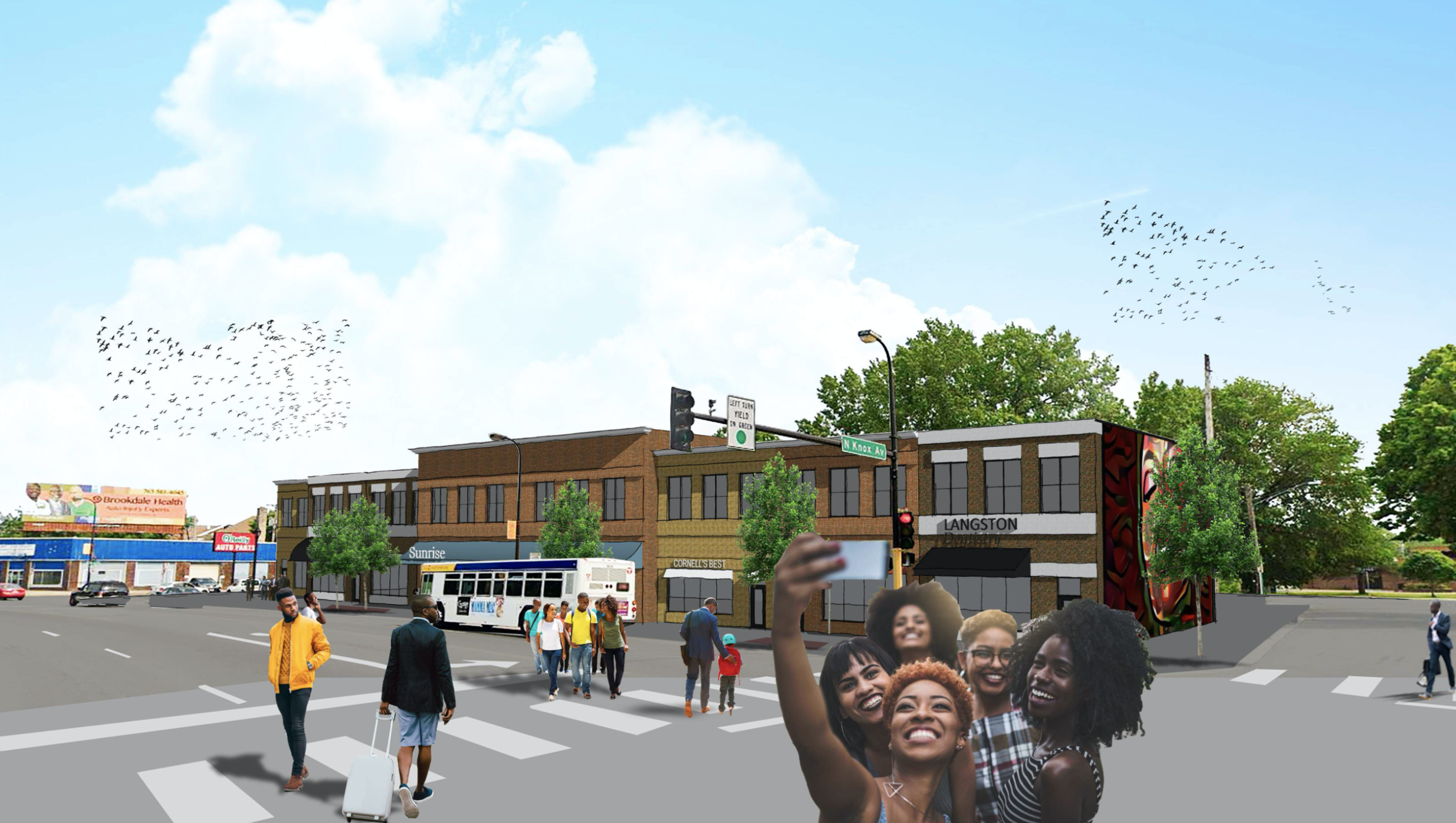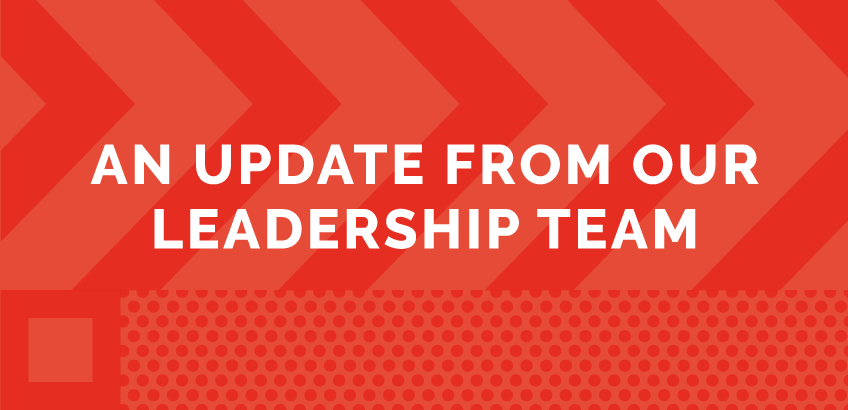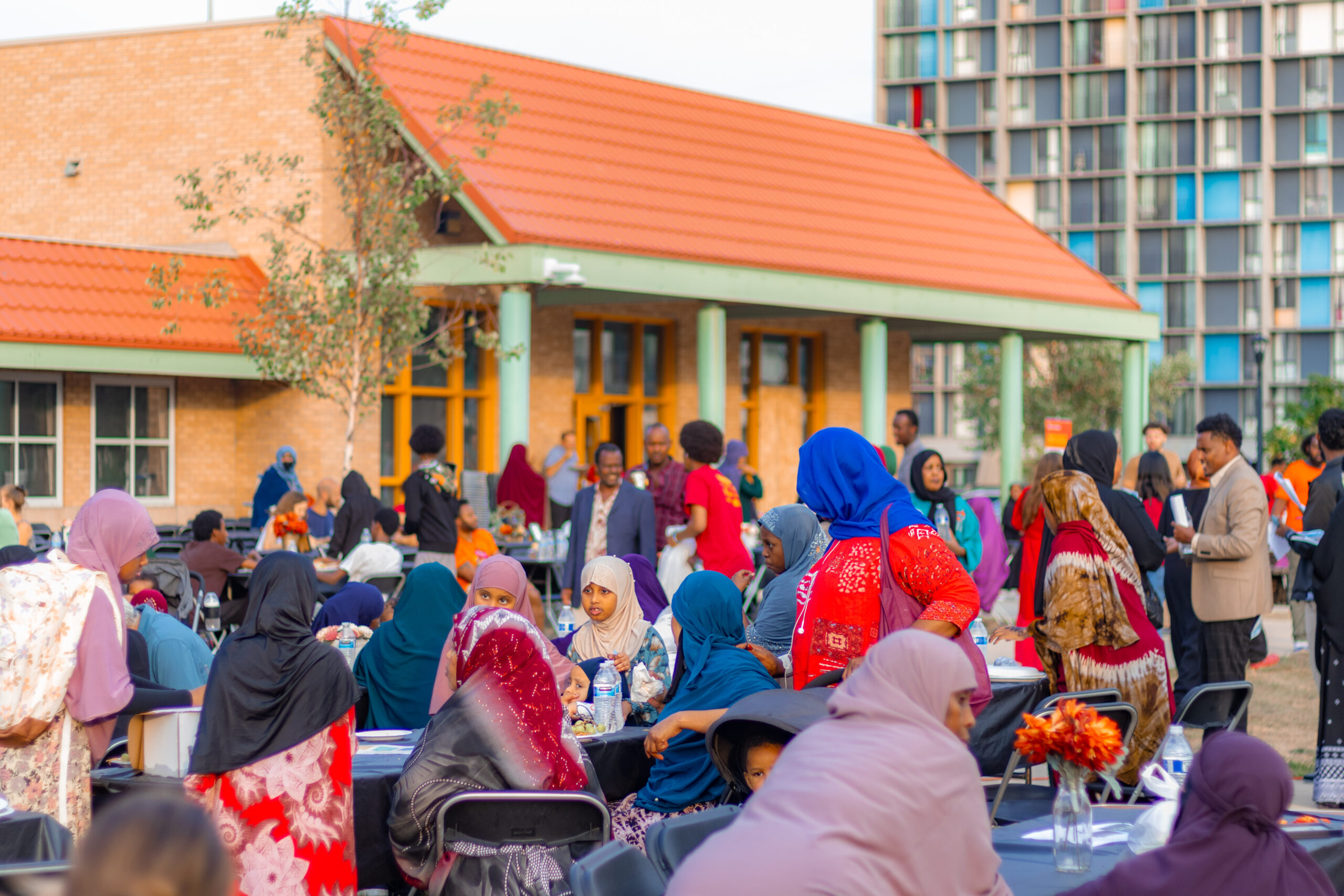
September was a month of celebration of food and culture at the Brian Coyle Center thanks to “We Are Cedar Riverside”, an event series that invited any and all people from across the city to attend cultural immersion workshops hosted at the community center. The event included a series of workshops based around Somali, Oromo, and Native American cultures – three cultures that heavily populate the neighborhood of Cedar Riverside. The series also included Brian Coyle’s annual Multicultural Dinner, which hosted over 700 people and featured food from local restaurants and performances.
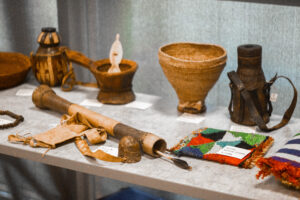
Things kicked off with the Somali Cultural Immersion Workshop on September 9th. Members who attended were provided a rich history of the country of Somalia and its people by a representative from The Somali Museum of Minnesota. Artifacts and textiles from the museum were included in the presentation to show off the country’s beautiful art. After the event, participants were given a feast of Somali foods and flavors provided by local vendors.
At the Oromo Cultural Immersion Workshop, Dr. Hussien Kedir Kelil of African Economic Development Solutions (AEDS) led a highly informative lecture on Oromia and what life is like for the Oromo people. Dr. Kelil is a PhD holder and an Associate Professor of Policy and Leadership and is a prominent and exceedingly respected influential personality among the Oromo people His presentation illustrated how Ethiopia is widely regarded as a unique and incredible place. The crowd was captivated to learn that Ethiopia is the birthplace of coffee. Spectators got to try Ethiopian cuisine after the event and engaged in discussions about what they had learned.
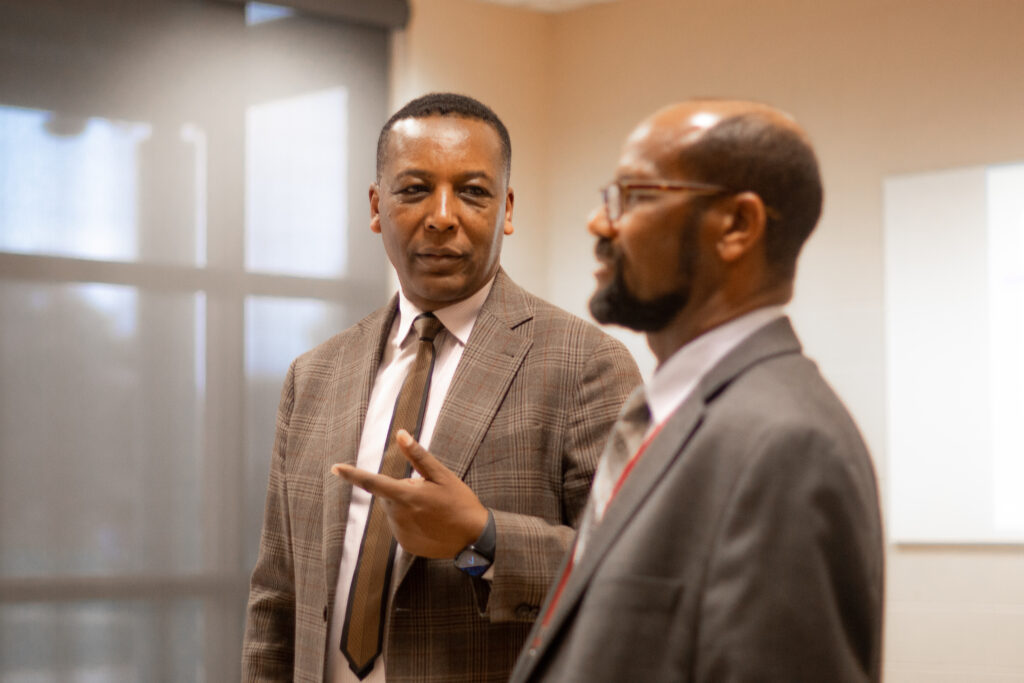
The Native American Cultural Immersion Workshop wrapped up the series with a presentation from Jennifer Webber an Oklahoma Choctaw Tribal descendant as well as our Youth Operations Manager at Pillsbury United Communities, and Dancina Warner, a member of the Sisseton-Wahpeton Oyate. Their presentation focused on the history, culture and current events of the Anishinaabe (Ojibwe) and Dakota Tribes located in the state of Minnesota. It provided exposure to the culture, spirituality, and communities so that audience members could listen to their experiences and feel more educated.
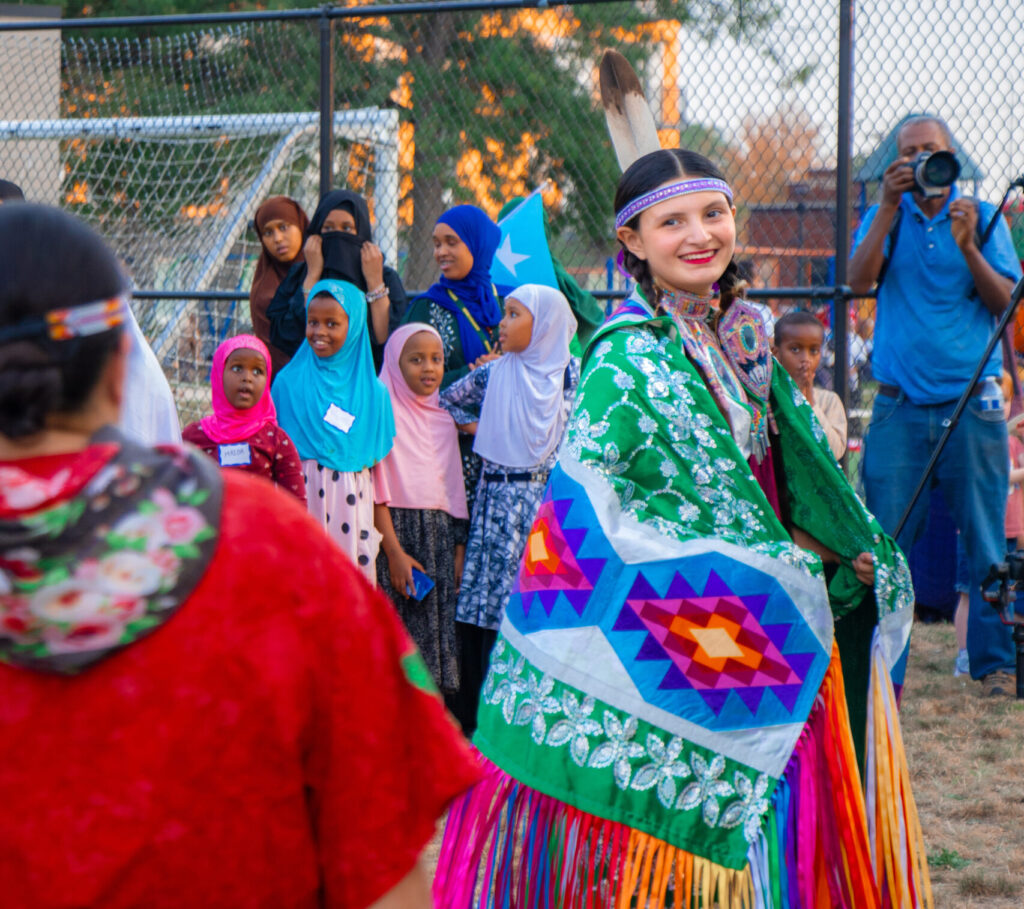
One of the most anticipated events of the series and of the year was the Multicultural Dinner. This beautiful Fall evening took place on September 21st and consisted of food, performances, and cultural celebration. Lines of food were set up in Brian Coyle’s gymnasium for community members to walk through and dish up a variety of different cuisines. Once their plates were full, they transitioned outside towards rows of tables which were set up to drive conversation and discussion. Performers representing Somali, Native American, Ecuadorian, and Oromo cultures got up on stage to dance while groups gathered by the stage to enjoy. The evening concluded with lots of warm smiles, full bellies, and a rejuvenated sense of community among neighbors.
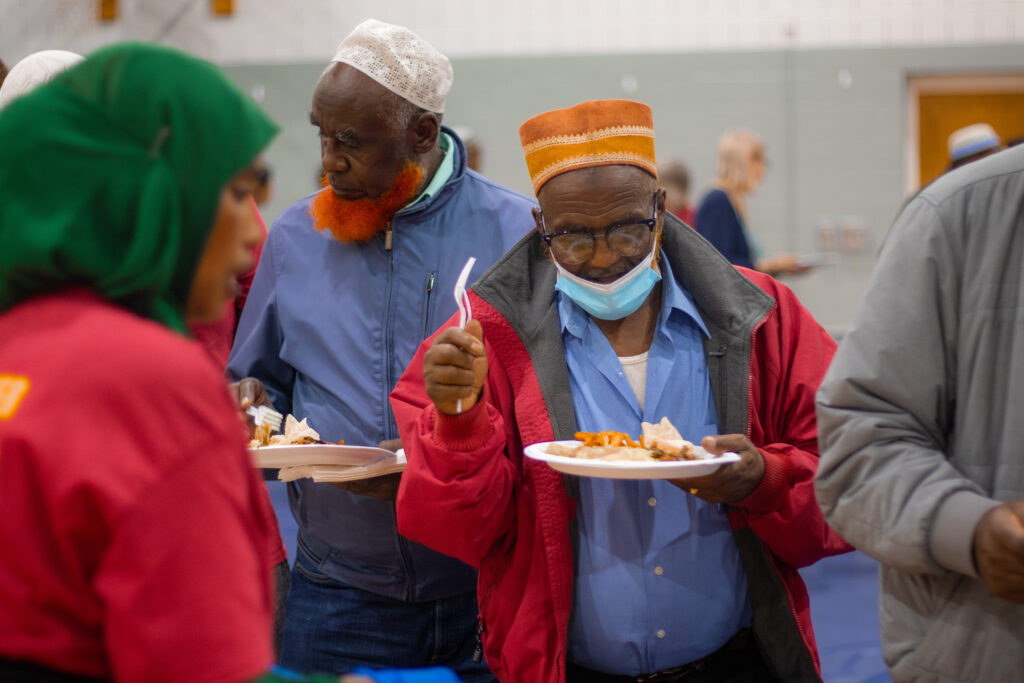
Thank you to everyone who came and participated in this year’s workshops and dinner. Events like these are so special when we get to share them with members of our community. Thank you to all the volunteers who put forth their time and energy to serve plates, greet faces, and decorate Brian Coyle Center. Lastly, thank you to our sponsors who helped put on this event and make this year’s annual tradition one of the best it’s ever been.
